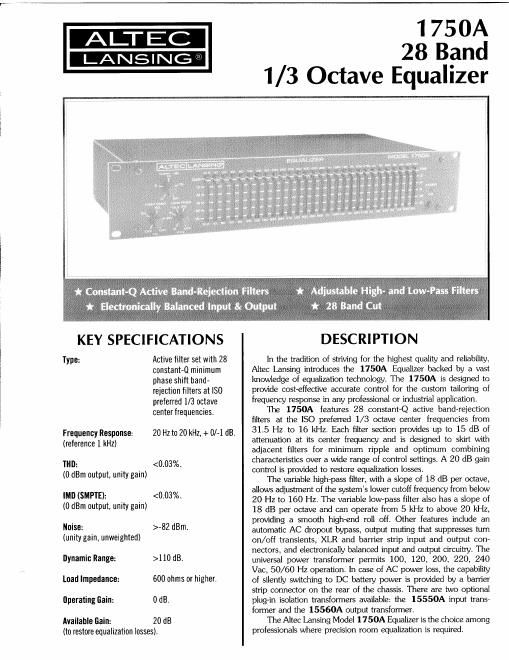Altec 780a 1780at pre amplifier
This is the 15 pages manual for altec 780a 1780at pre amplifier.
Read or download the pdf for free. If you want to contribute, please upload pdfs to audioservicemanuals.wetransfer.com.
Page: 1 / 15
